Philodendron Scandens Heartleaf Sweetheart Plant 17cm pot 90cm Height
£49.00
Out of stock
Philodendron scandensalso known as the Sweetheart Plant, or Heart-Leaf, due to its beautiful leaf shape. The plant has stunning lush green colour and will make an amazing statement plant. Fast growing and easy to care philodendron is currently climbing on a coir pole but can be removed by you if preferred to wrap around a moss pole or let it hang from the top shelf or macrame.
This plant is a perfect hanging or climbing plant, if you are interested in adding a natural sphagnum moss pole don’t forget to check our listings in the shop.
Due to size, the plant is available only for collection from our shop.
Philodendrons would enjoy a warm spot in bright indirect light and be watered when the soil dries out. Make sure that the pot does not touch the water. They like to climb on trees so we advise providing a moss pole to encourage the plant to grow faster and produce bigger leaves. Moss poles help to maintain an adequate level of humidity as well as provide beauty and something to climb on. Mist the plant and moss pole every few days or every day during summertime.
Not pet friendly
- How often should I water my Heartleaf Sweetheart Plant?
- Water the plant when the soil feels dry to the touch, typically once every week or so. Ensure the pot does not sit in water to avoid root rot.
- Is the Philodendron Scandens suitable for homes with pets?
- This plant is not pet-friendly, as it can be toxic if ingested by animals. It’s best kept out of reach of curious pets.
- Can I use a moss pole with this plant, and how does it help?
- Yes, using a moss pole is recommended to support its climbing nature and promote larger leaf growth. Moss poles also help maintain humidity around the plant, which is beneficial for its health.
☀️ Light
☀️☀️▫️ (Medium)
Philodendron Scandens thrives in bright, indirect sunlight. It’s adaptable but avoid direct sunlight to prevent leaf burn. A spot near a window with a sheer curtain would be perfect.
💧 Water
💧💧▫️ (Medium)
Water your Sweetheart Plant when the top inch of soil feels dry. Ensure thorough watering, allowing excess water to drain away. Avoid letting the plant sit in water to prevent root rot.
🌡️ Temperature
🌡️🌡️🌡️ (Warm)
Ideal temperatures range from 18°C to 25°C. Keep your plant away from draughty areas and sudden temperature changes which can stress the plant.
💦 Humidity
💦💦💦 (High)
This plant loves humidity! Regular misting or a pebble tray can help increase humidity levels, especially during dry, warm periods.
🪴 Repotting
Consider repotting every 2-3 years or when roots outgrow the pot. Use a well-draining potting mix suitable for indoor plants to ensure healthy growth.
🐾 Pet Friendliness
This plant is not pet friendly. It’s best to keep it out of reach of curious pets to prevent any accidental ingestion.
✅🪴 Recommended Locations at Home
Ideal spots include shelves, hanging baskets, or near east or west-facing windows. This placement will maximize the Philodendron’s exposure to indirect sunlight while decorating your space.
🌬️🪴 Air Purifying
The Philodendron Scandens is known for its air-purifying qualities, making it a healthy and beautiful addition to any indoor space.
✨ Other Plant Features
Aside from its aesthetic appeal, the Heartleaf Philodendron is celebrated for its fast growth and easy-care nature, making it a great choice for both beginners and expert plant lovers.
Remember, if you have any more questions, Mossbot is here to help! Feel free to contact us via our website for more guidance. Plus, don’t forget about our free plant hospital service if your green friend needs extra care. Happy Plant Parenting!
The Ultimate Care Guide for Philodendron Plants: Diverse and Elegant
Introduction and History Philodendrons are a diverse genus of tropical plants native to the Americas, particularly abundant in the rainforests of Central and South America. The genus name “Philodendron” is derived from the Greek words “philo,” meaning love or affection, and “dendron,” meaning tree, reflecting the plant’s natural tendency to climb trees in its native habitat.
The first recorded encounter with Philodendrons by European scientists dates back to the 16th century. In 1644, German naturalist Georg Marcgraf collected herbarium material of these plants during his explorations. However, it was French botanist Charles Plumier who made a more formal introduction of the genus to European science in the late 17th century, documenting several species during his travels in the Caribbean. The formal classification and naming of the genus Philodendron were established by Austrian botanist Heinrich Wilhelm Schott in 1829. Today, Philodendrons are cherished worldwide for their lush foliage and adaptability as houseplants.
Description and Features Philodendrons are known for their wide variety of shapes, sizes, and growth habits. They range from climbing vines to self-heading varieties with large, glossy leaves. Popular species and cultivars include:
- Philodendron hederaceum (Heartleaf Philodendron): A classic trailing variety with heart-shaped leaves.
- Philodendron erubescens (Pink Princess): A striking cultivar with dark green leaves and pink variegation.
- Philodendron gloriosum: Known for its large, velvety, heart-shaped leaves with prominent white veins.
- Philodendron bipinnatifidum (Lacy Tree Philodendron): Features large, deeply lobed leaves and a more tree-like growth habit.
- Philodendron melanochrysum: Prized for its velvety, dark green foliage with golden undertones.
Key Features
- Pet-friendliness: Philodendrons are toxic to pets if ingested, so caution is advised in homes with animals.
- Low-light adaptability: While they thrive in bright, indirect light, many Philodendrons can tolerate low-light conditions.
- Moderate water needs: They prefer slightly moist soil but can tolerate occasional droughts.
- Air-purifying qualities: Known to improve indoor air quality by filtering toxins.
- Growth habit: Varies from climbing and trailing varieties to upright, self-heading plants.
Care Instructions
1. Watering
- How much water does a Philodendron need? Water when the top 2-3 cm of soil feels dry. Overwatering can lead to root rot, while underwatering may cause leaves to droop.
- Signs of overwatering: Yellowing leaves, soggy soil, and mushy stems.
- What to do if you overwater your Philodendron: Allow the soil to dry out completely and reduce watering frequency. Trim any affected roots if rot occurs.
- Underwatering signs: Wilting or curling leaves. Water thoroughly and consistently to revive the plant.
2. Light Requirements
Philodendrons prefer bright, indirect light but can adapt to lower light conditions. Avoid direct sunlight, which can scorch their leaves. If you’re wondering “can Philodendrons grow in low light?” the answer is yes, but their growth will slow.
3. Humidity and Temperature
- Humidity: High humidity levels are ideal for most Philodendrons, but they can adapt to average household humidity.
- Temperature: Keep between 18-26°C. Avoid cold drafts and sudden temperature changes.
4. Plant Food
Feed your Philodendron with a balanced liquid fertiliser every 4-6 weeks during the growing season (spring and summer). Reduce feeding in autumn and winter. If you’re searching “how to fertilise a Philodendron,” make sure the soil is moist before applying fertiliser to avoid root burn.
5. Pruning and Support
- Prune regularly to remove yellowing or damaged leaves and to shape the plant.
- Support climbing varieties with a moss pole or trellis to encourage vertical growth and healthier foliage. Moss poles are particularly beneficial as they retain moisture, promoting aerial root development. Highland Moss offers handmade sphagnum moss poles in classic green, mixed, and pink colours, along with drip cups to keep them hydrated.
Common Issues and Troubleshooting
1. Yellow Leaves
- Cause: Overwatering, lack of light, or nutrient deficiencies.
- Solution:
- Adjust watering habits and ensure the soil drains well.
- Move the plant to a brighter location.
- Use a balanced fertiliser if the issue persists.
2. Brown Leaf Edges
- Cause: Low humidity or inconsistent watering.
- Solution: Increase humidity levels and maintain a consistent watering schedule.
3. Leggy Growth
- Cause: Insufficient light.
- Solution: Relocate to a brighter spot or use a grow light.
4. Pests
- Cause: Mealybugs, spider mites, or aphids.
- Solution: Wipe leaves with neem oil or use an eco-friendly pest spray, both available on our website. Isolate affected plants and monitor closely.
5. Root Rot
- Cause: Overwatering or compacted soil.
- Solution: Repot the plant in fresh, well-draining soil and trim away any rotted roots.
Propagation Methods
1. Stem Cuttings
- Cut just below a node. The node is essential for root development.
- Place the cutting in water using a propagation station or directly into moist sphagnum moss.
- Change water weekly or mist moss regularly. Roots will develop within weeks.
2. Division
- Separate clumps with their own root systems when repotting.
- Replant in fresh soil and water lightly to settle.
3. Air Layering
- Wrap a node with moist sphagnum moss and secure with plastic wrap.
- Once roots develop, cut below the rooted node and pot into soil.
Sphagnum moss and stunning propagation stations to propagate Philodendron plants are available in our shop Highland Moss, ensuring successful and hassle-free propagation.
Is a Philodendron Plant Right for You? Philodendrons are excellent for:
- Beginners: Their adaptable nature makes them easy to care for.
- Decorative purposes: Their lush foliage adds a touch of elegance to any room.
- Air purification: Ideal for improving indoor air quality.
With proper care, Philodendrons can thrive and become a statement piece in your home. Whether you’re searching for “how to care for a Heartleaf Philodendron” or “how to propagate a Philodendron Pink Princess,” this guide has everything you need. Remember, all plants purchased from Highland Moss come with a scannable QR code for detailed care instructions and access to our Moss Bot for 24/7 plant care support.

Free Care Guide With Every Purchase
Scan the plant pot QR for instant access to our care guide for your plant. No hassle, no stress, just healthy and happy plants.
Verified reviews from our customers
| 5 star | 96% | |
| 4 star | 3% | |
| 3 star | 1% | |
| 2 star | 0% | |
| 1 star | 0% |



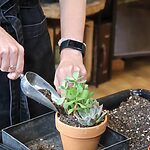
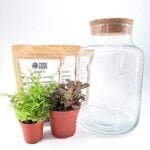
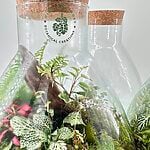
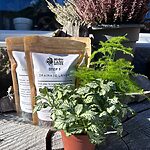

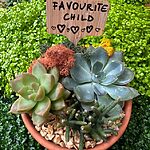
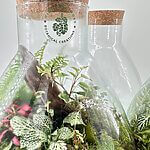


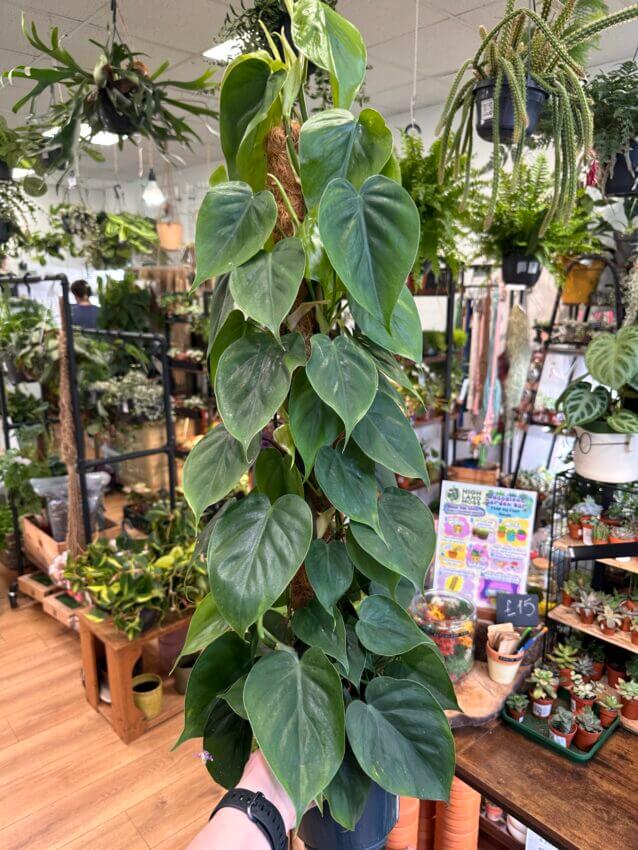
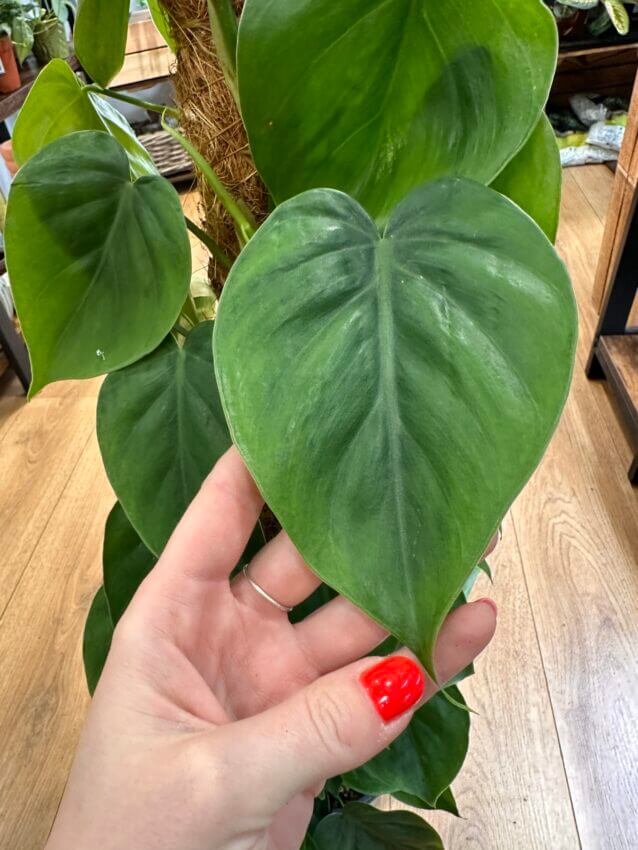
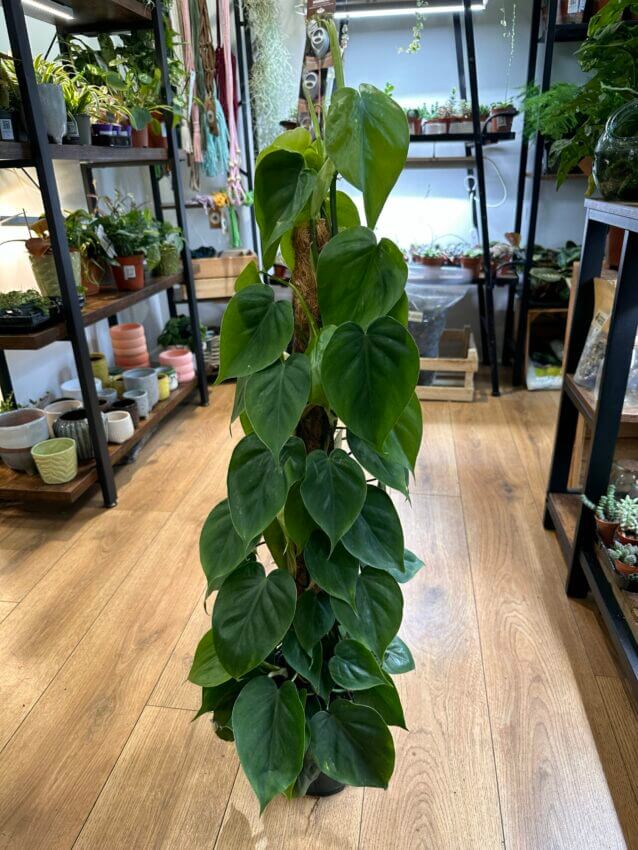
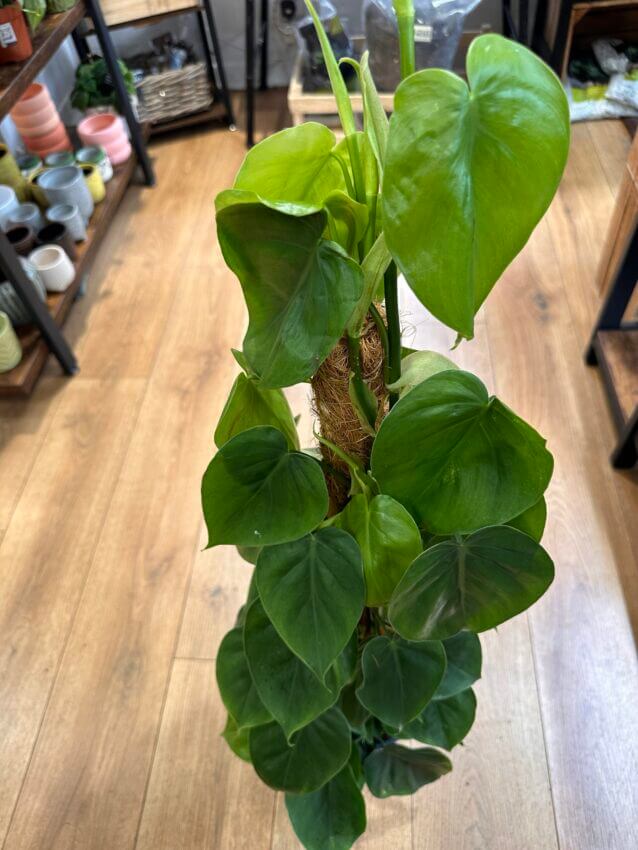
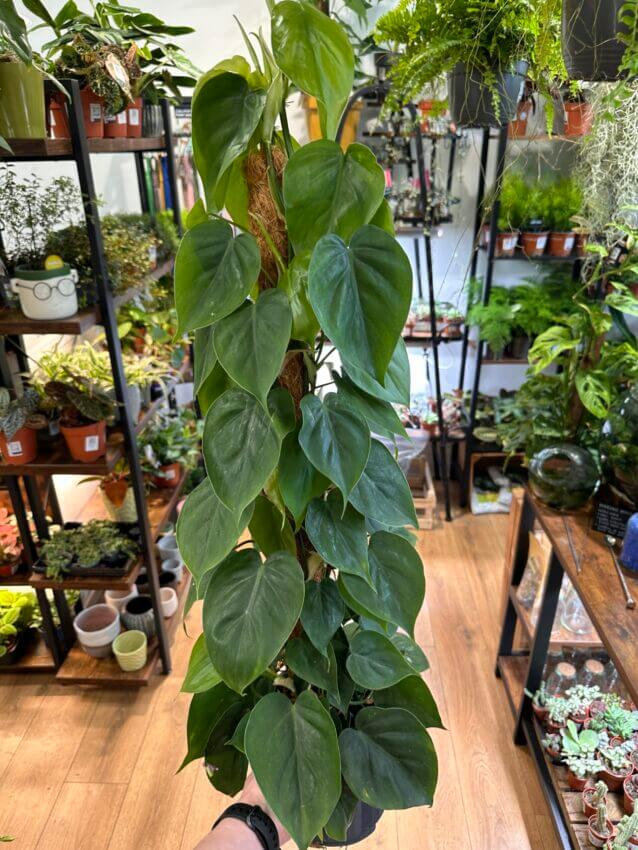
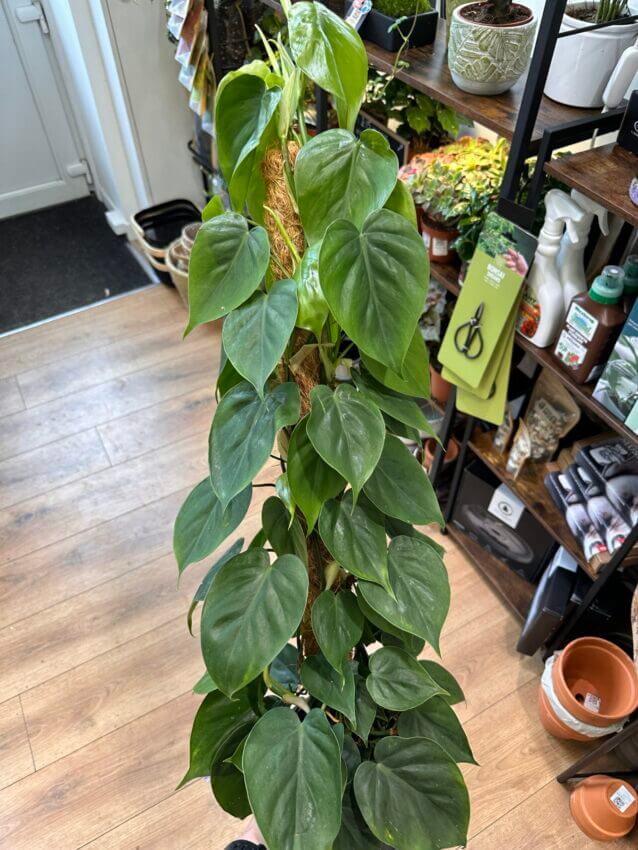
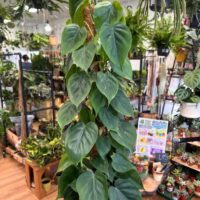
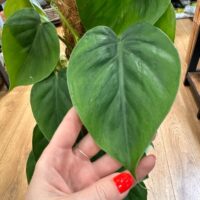
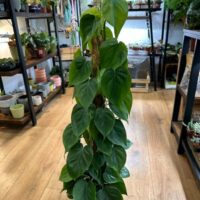
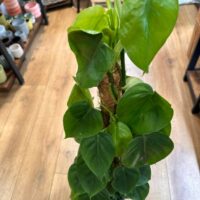
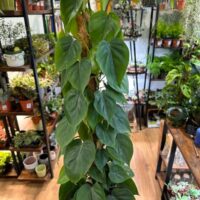
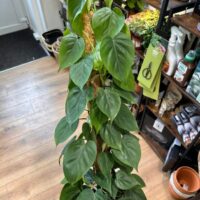
excellent packaging and service, prompt reply to a query.
Everything was very well packed.
A great website, with some beautiful items that are well presented. Perfect free gift provided and delivery was super quick, with good packaging too! Thank you.
Arrive quickly, well packaged and exactly as described, although the post office clearly missed the huge, live plant, and fragile stickers🤣
Very fast delivery, website easy to navigate